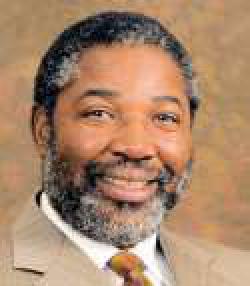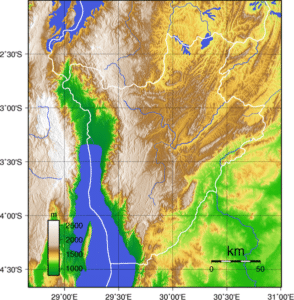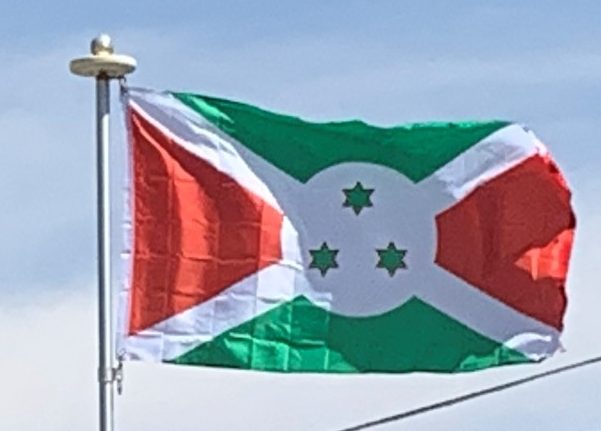On 17 April 2008, the FLN bombarded Bujumbura. The Burundian army fought back and the FLN suffered heavy losses. A new ceasefire was signed on 26 May 2008. In August 2008, President Nkurunziza met with the FLN leader Agathon Rwasa, with the mediation of Charles Nqakula, South Africa’s Minister for Safety and Security. This was the first direct meeting since June 2007. Both agreed to meet twice a week to establish a commission to resolve any disputes that might arise during the peace negotiations.

Refugee camps are now closing down and 450,000 refugees have returned. The economy of the country is shattered – as of 2011 Burundi has one of the lowest per capita gross incomes in the world. With the return of refugees, among others, property conflicts have started.
Burundi now participates in African Union peacekeeping missions, including the mission to Somalia against Al-Shabaab militants.
2015 Unrest:
In April 2015 protests broke out after the ruling party announced President Pierre Nkurunziza would seek a third term in office. Protestors claimed Nkurunziza could not run for a third term in office but the country’s constitutional court agreed with the President.
An attempted coup d’état on 13 May failed to depose Nkurunziza. He returned to Burundi, began purging his government, and arrested several of the coup leaders. Following the attempted coup, protests however continued and over 100,000 people had fled the country by 20 May causing a humanitarian emergency. There are reports of continued and widespread abuses of human rights, including unlawful killings, torture, disappearances, and restrictions on freedom of expression.
Despite calls by the United Nations, the African Union, the United States, France, South Africa, Belgium, and various other governments, the ruling party held parliamentary elections on 29 June, but these were boycotted by the opposition.
Geography:
One of the smallest countries in Africa, Burundi is landlocked and has an equatorial climate. Burundi is a part of the Albertine Rift, the western extension of the East African Rift. The country lies on a rolling plateau in the center of Africa. Burundi is bordered by Rwanda to the north, Tanzania to the east and southeast, and the Democratic Republic of the Congo to the west.

The average elevation of the central plateau is 5,600 feet, with lower elevations at the borders. The highest peak, Mount Heha at 8,810 feet, lies to the southeast of the former capital Bujumbura (and west of the current capital Gitega). The source of the Nile River is in Bururi province, and is linked from Lake Victoria to its headwaters via the Ruvyironza River. Lake Victoria is also an important water source, which serves as a fork to the Kagera River. Another major lake is Lake Tanganyika, located in much of Burundi’s southwestern corner.
Burundi’s lands are mostly agricultural or pasture. Settlement by rural populations has led to deforestation, soil erosion and habitat loss. Deforestation of the entire country is almost completely due to overpopulation, with a mere 230 square miles remaining and an ongoing loss of about 9% per year. There are two national parks, Kibira National Park to the northwest (a small region of rainforest, adjacent to Nyungwe Forest National Park in Rwanda), Ruvubu National Park to the northeast (along the Rurubu River, also known as Ruvubu or Ruvuvu). Both were established in 1982 to conserve wildlife populations.
Economy:
Burundi is a landlocked, resource-poor country with an underdeveloped manufacturing sector. The economy is predominantly agricultural, accounting for 50% of GDP in 2017 and employing more than 90% of the population. Subsistence agriculture accounts for 90% of agriculture. Burundi’s primary exports are coffee and tea, which account for 90% of foreign exchange earnings, though exports are a relatively small share of GDP. Other agricultural products include cotton, tea, maize, sorghum, sweet potatoes, bananas, manioc (tapioca); beef, milk and hides. Even though subsistence farming is highly relied upon, many people do not have the resources to sustain themselves.
